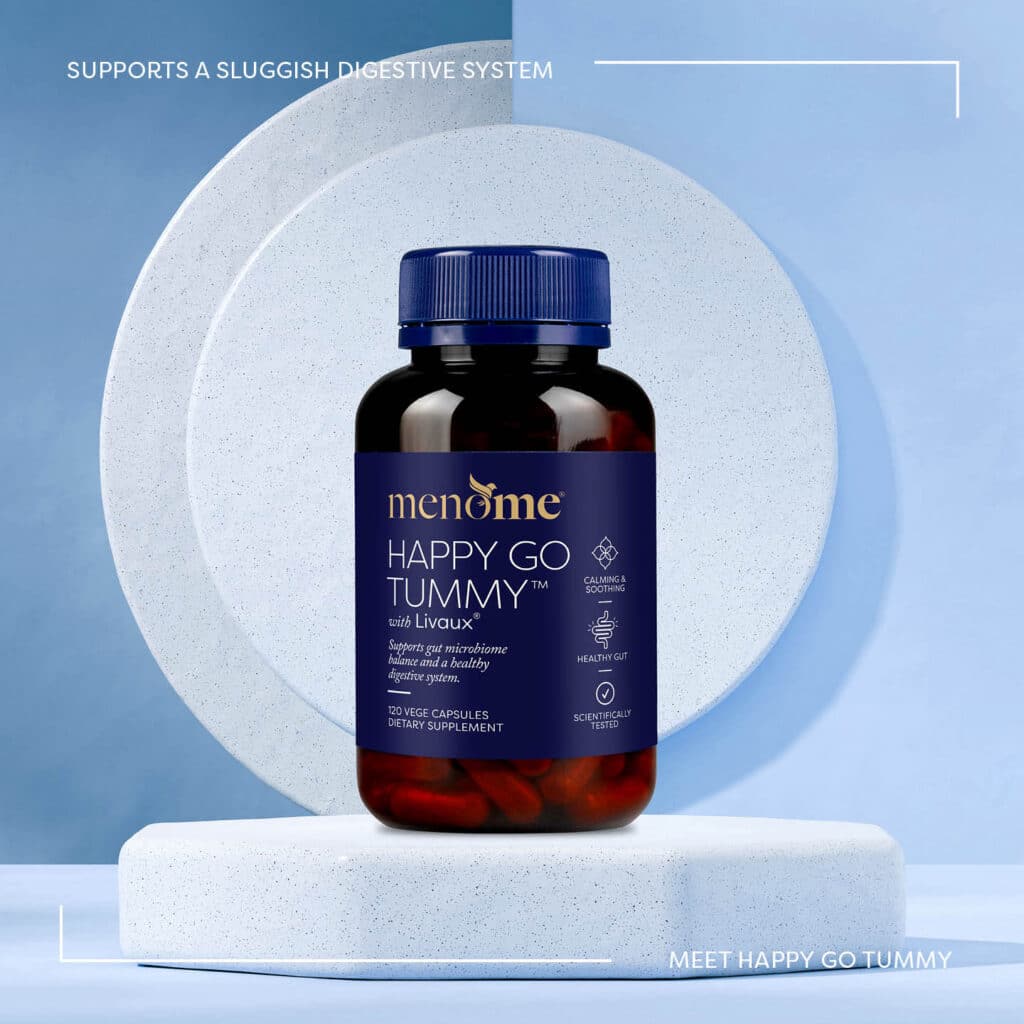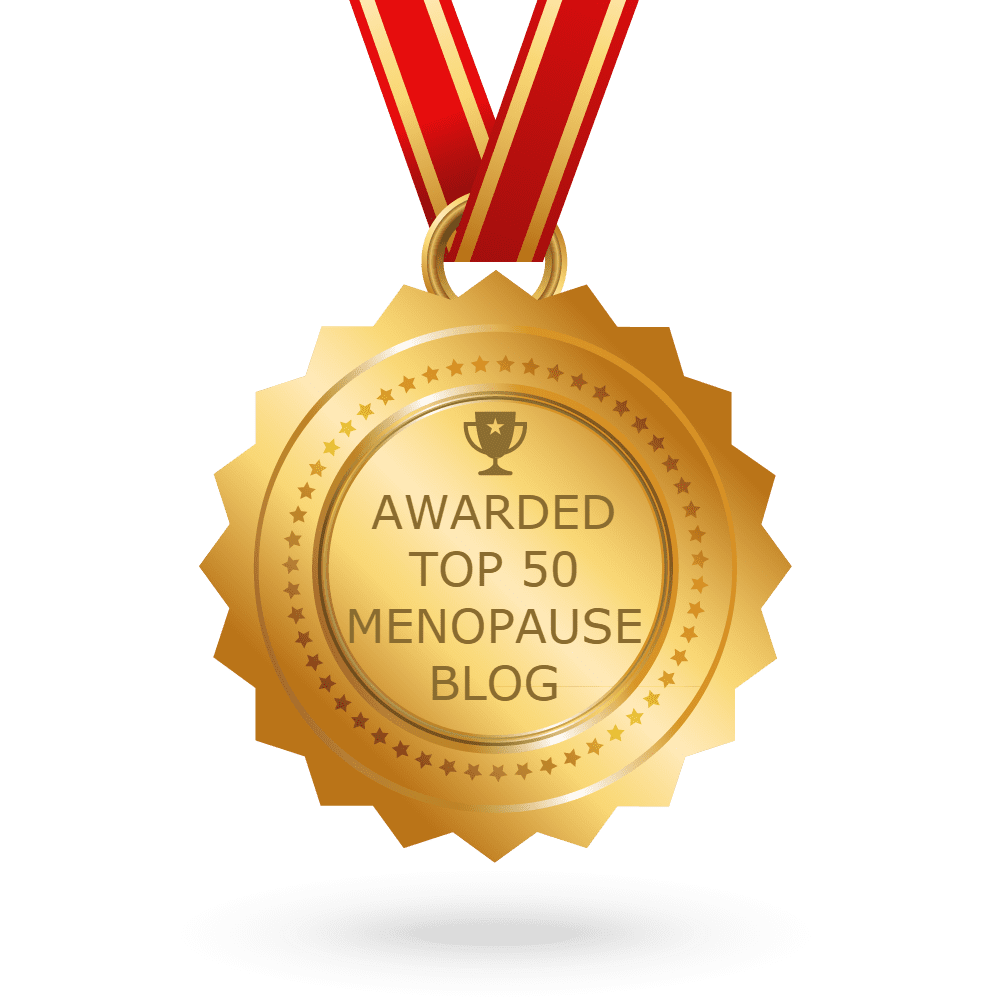It seems like everybody is talking about menopause these days.
And that’s a gooooood thing!
But menopause itself comes after a transitional time known as perimenopause or peri (as many are calling it now).
What’s more, peri can sneak up on the unsuspecting!
What Is Perimenopause?

Perimenopause generally starts when you’re in your 40s, but for some women, it can begin in your 30s. Genetics and medical issues can play a role.
Furthermore, perimenopause isn’t an overnight occurrence. On average, it lasts about four years but it can go on for over a decade.
Peri occurs because your ovaries begin to make less estrogen and progesterone. (There are other hormones involved but these are the main ones.) This is why it can be more difficult to fall pregnant in your mid to late 30s.
Photo by Joel Muniz @unsplash
What Are The Signs Of Perimenopause?
The first signs of peri are a change in the length, flow and regularity of your period.
But perimenopause can often be accompanied by – in the words of Dr Aviva Romm on the MindBodyGreen podcast – ‘earthquake-level bodily changes’.
As a result, perimenopause can be a time of physical and emotional changes.
34 Recognised Symptoms Of Perimenopause
While every woman is different there are over 34 symptoms of perimenopause including (but not limited to):
- hot flushes
- low libido
- rage
- mood swings
- itchy skin
- paresthesia
- formication
- allergies
- fatigue
- tender breasts
- insomnia
- UTI’s
- Incontinence
- brain fog
- weight gain
- anxiety
- mood swings
- changes to gut health
How will I know I’m in perimenopause?
This is where many women have been caught unaware because the signs can creep up.
You may feel you’re experiencing a more heavy PMS. Or, you might not realise why you’ve argued with a friend/partner when you never have before. What’s more, you might want to avoid social occasions when you’re inclined to be the life of the party.
Some women don’t even realise they’re in perimenopause – their experience is so subtle.
However, our research shows the below statistics. And with the possibility of signs like those above ahead it pays to prepare.
- 57% of women experience more than one menopausal sign
- 43% experience only irregular periods
- 75% of menopausal women go through hot flushes
- 20% of females have no symptoms
- 60% feel moderate signs and symptoms
- 20% experience intense signs. source
In fact, more and more research is showing that preparing in premenopause and perimenopause is key to how your experience will be.
How do I prepare for menopause?
If we could give a woman in her 30s two words of advice it would be to PREPARE NOW.
And if she suspects or knows she’s already in perimenopause take control asap because it can make all the difference to your entire menopause experience.
Just like puberty and pregnancy, perimenopause is natural evolution so a healthy lifestyle is vital to managing hormonal misfiring.
1. Balanced nutrition
Fads aren’t your friend. If you want to try a restrictive protocol only do so under the guidance of a wellness professional who knows the ins and outs. For example, keto/low carb has the potential to affect a struggling thyroid.
2. Regular movement
Exercise is an important ingredient. However, be aware that ‘overtraining syndrome’ can put stress on the body causing excess cortisol and weight gain/belly fat. So keep it moderate, at least to begin with.
3. Strength training
With age, our bone density and muscle mass decrease. Resistance training helps mitigate and maintain it. What’s more it can help to keep blood sugar stable – something you want! NB: Resistance training doesn’t only include weight training but incorporates yoga and Pilates and anything that uses bodily resistance. Including walking.
4. Stress management
Healthy adrenals and cortisol levels are crucial. When the mind perceives we’re under stress the adrenals release the stress hormone cortisol which can lead to weight gain, sleep disruption, anxiety, digestive issues and heart disease. Levels of cortisol rise as we grow older, which is why stress-hacking practices such as breathwork, meditation and yoga are gold.
5. Give your gut some love
It’s super-important to begin supporting your gut health as it will begin to go through changes. This can look like bloating, constipation and new food sensitivities as well as a crossover with perimenopause symptoms. It’s one reason we created Happy Go Tummy®, a combination prebiotic/probiotic.
Watch the webinar: How Gut Health Impacts Your Menopause Journey
Recent Study: Lifestyle Intervention, Perimenopause and Menopausal Weight Gain
A study published in the journal Menopause found lifestyle intervention may be most effective in perimenopause. Especially to help combat the menopausal weight gain many females struggle with.
The research looked at premenopausal, perimenopausal and post-menopausal women. It also noted that post-menopause may encompass 40% of a woman’s life.
During the study, the researchers found that premenopausal females had “significantly lower body fat percentages, about 10%, compared to perimenopausal women.” However, it wasn’t statistically different from that of post-menopausal women.
They concluded that perimenopausal women should focus on exercise that helps retain lean muscle mass (resistance training) and High-Intensity Interval Training (HIIT) to boost metabolism.
Additionally, the researchers called perimenopause the “most opportune” time for lifestyle intervention.
Conclusion
Taking charge of your health and hormones in premenopause and perimenopause will set you up for a healthier post-menopause.
While your body won’t be the same at 40 or 50 as it was at 25, that’s OK. Futhermore, it can still be strong and capable especially with the right nurturing and self care.
Many women struggle with weight gain and belly fat at menopause. Indeed, we hear from a lot of you that you’re eating and moving like you always have but can’t seem to shift the weight. So oftentimes, you’ll begin exercising MORE and eating less, but that’s counterproductive.
Related: Why You Should Eat More & Exercise Less
Others of you ask if you should just accept extra weight but a key point here is that abdominal fat can be dangerous. Even in women who are not noticeably overweight. Belly fat is linked to cardiovascular disease which is the number one killer of women so it’s important to manage it.
But it doesn’t have to be hard.
Try these simple steps for starters:
- Avoid junk food and refined sugars and carbohydrates
- Learn to love whole foods, particularly vegetables
- Diarise exercise
Finally, even though the study suggests incorporating interval training (HIIT) to boost metabolism you need to take into account your individual body.
If you aren’t sleeping and are not used to exercising it’s important to begin more moderately.
If you go straight into intense exercise your body will become stressed which can lead to weight gain, blood sugar balance, interrupted sleep and many more unwanted side effects.
We recommend starting small and building up.











